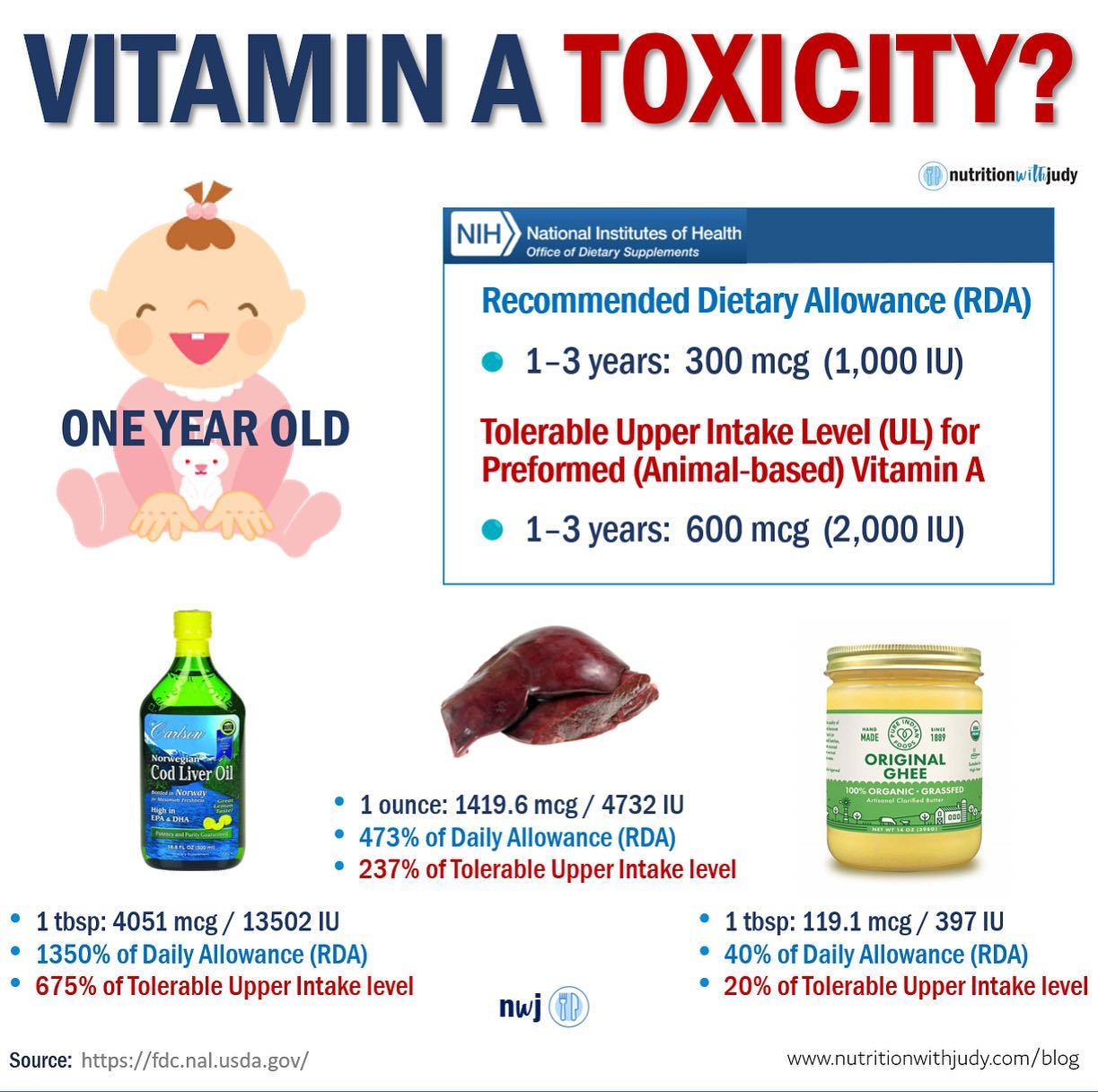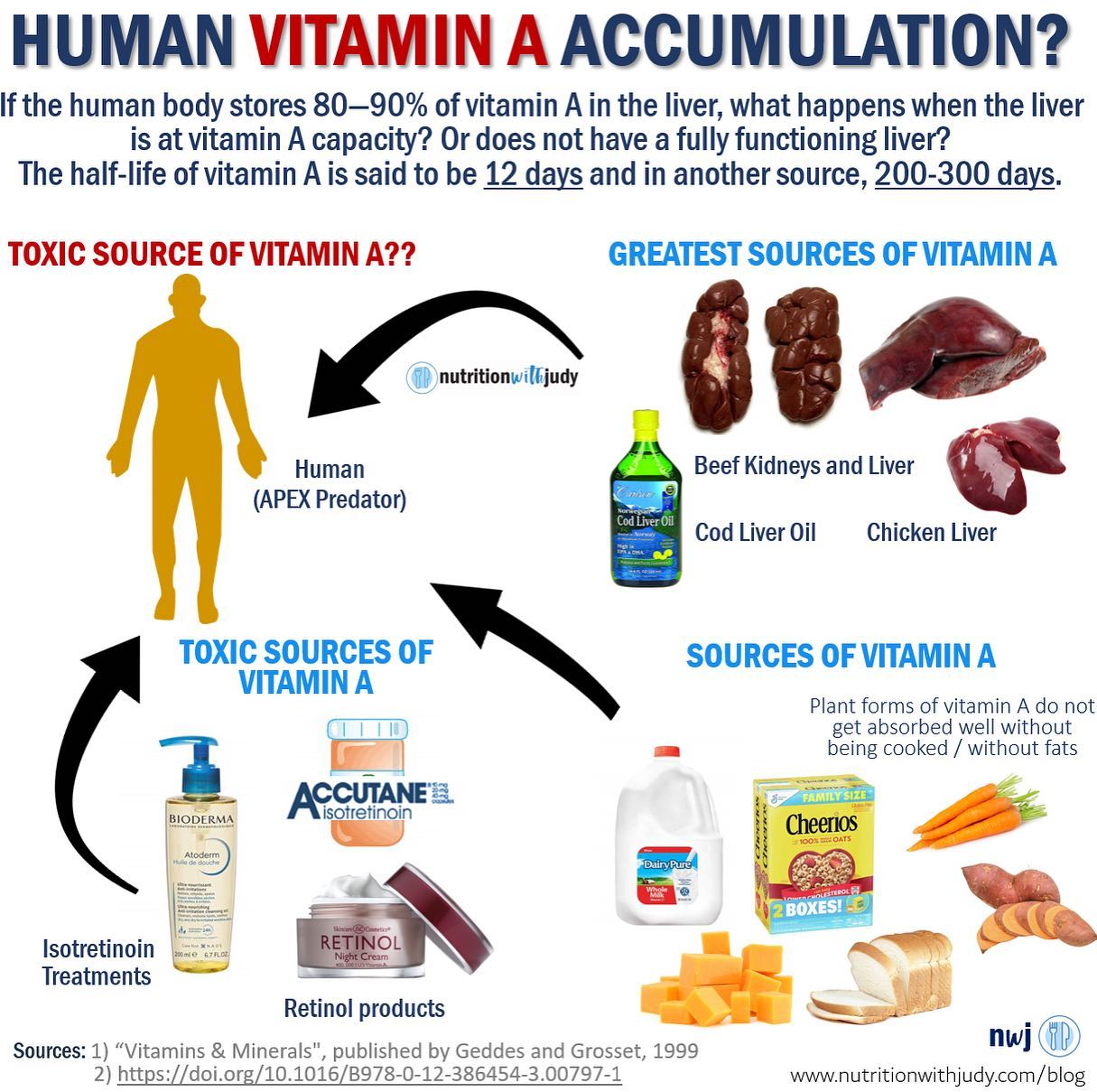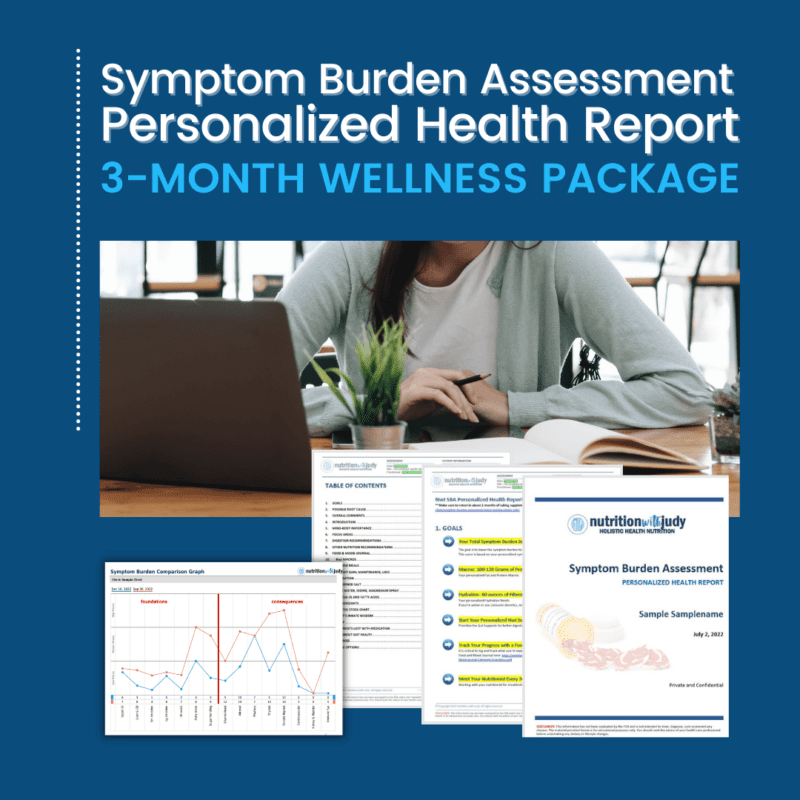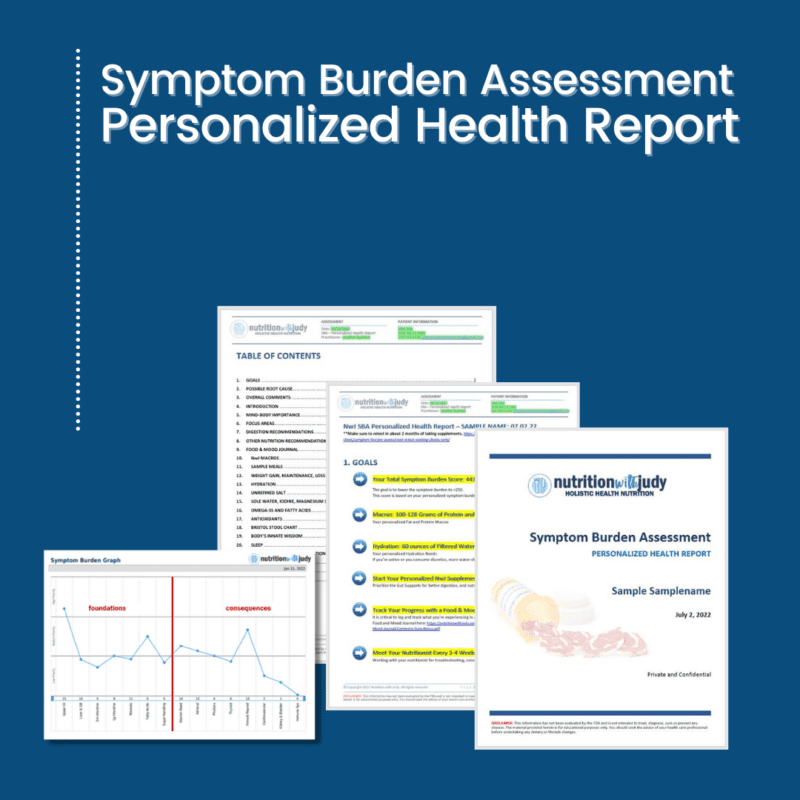

Is the Meat and Fruit Diet Healthy?


The meat and fruit diet, also known as the animal-based diet, combines nutrient-rich animal products with the natural sweetness of fruits. It is gaining popularity as a balanced and appealing alternative to the carnivore diet. Advocates argue that this diet provides essential nutrients and avoids many processed foods, making it healthier than many conventional diets such as Standard American or even plant-based.
However, despite some of its benefits, there are potential risks associated with this approach. We’ll explore the nuances of the meat and fruit diet, highlighting why the combination of fruits and high-fat foods can sometimes be problematic. By taking a closer look into the advantages and potential drawbacks, you will gain a comprehensive understanding of whether the meat and fruit Diet is a viable choice for you (and why we generally don’t recommend it).
What Is the Carnivore Diet?


The carnivore diet, also known as the ultimate elimination diet, focuses on consuming only animal-based foods to achieve optimal health and healing. It excludes all plant-based foods, which can cause inflammation and other health issues. People are increasingly interested in the carnivore diet due to its many various benefits for improving chronic health conditions, reducing inflammation, and promoting overall wellness. Meat provides the most nutrient-dense and bioavailable form of nutrition, essential for mental and physical health, while plant foods can impede achieving optimal health.
Who Should Try the Carnivore Diet?
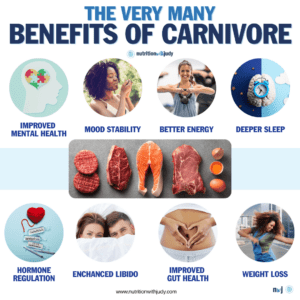

The carnivore diet is particularly suitable for individuals seeking to address chronic health conditions, such as autoimmune disorders, digestive issues, and severe food sensitivities. Those who have not found relief through conventional elimination diets or who suffer from inflammatory conditions often benefit significantly.
Additionally, people struggling with obesity, metabolic syndrome, or mental health conditions such as depression and anxiety could find the diet helpful due to its emphasis on nutrient-dense, anti-inflammatory foods. Customization is key to making the carnivore diet suitable for virtually anyone.
The diet can start with the strict elimination of all plant foods to reset the body’s reaction to food. As individuals progress, they can reintroduce specific animal-based foods according to their tolerance and nutritional needs. For example, those with histamine intolerance may need to avoid aged meats, while those without a gallbladder might need to consume leaner cuts initially or supplement with bile salts.
The reintroduction phase can help identify and eliminate personal trigger foods, making the diet highly personalized. Additionally, the diet can be adjusted for different life stages and activity levels. This adaptability ensures the diet can meet diverse health needs and lifestyles, making it a viable option for many seeking improved health.
What Is the Animal-Based Diet?


The animal-based diet, popularized by Paul Saladino, is a variation of the carnivore diet that includes meat, organs, raw dairy, honey, and fruit. This diet avoids medium to high-toxicity plants and includes low-toxicity sweet and non-sweet fruits, making it non-ketogenic.
It’s observed to be mostly beneficial for elite athletes and healthy individuals without metabolic diseases, as it supports high energy demands and physical performance. However, it may not be suitable for those with metabolic dysfunction, weight loss goals, or sugar addiction issues due to the inclusion of fructose and the potential for vitamin A toxicity from organ meats.
We generally don’t recommend this variation due to the various risks and have observed many stalls in both weight loss and healing in individuals consuming this type of diet.
The Risks and Concerns With Eating Meat and Fruit
The animal-based diet, while beneficial in many aspects, carries specific risks when incorporating fruit, honey, and liver. Here’s a detailed look at the potential concerns:
Fructose in Fruit and Honey


- Metabolic Impact: Fructose is a sugar found in fruit and honey, and its metabolism primarily occurs in the liver. This process can lead to an accumulation of fat within the liver, potentially causing non-alcoholic fatty liver disease (NAFLD). Research shows that diets high in fructose promote hepatic lipogenesis, where the liver converts carbohydrates into fat, contributing to liver inflammation and fibrosis.
- Insulin Resistance and Obesity: Fructose consumption is associated with increased insulin resistance and obesity. This is because fructose metabolism leads to a rapid drop in cellular ATP levels, prompting the body to store more fat. Additionally, fructose can drive the production of uric acid, which further exacerbates insulin resistance and metabolic syndrome.
- Digestive and Kidney Health: High fructose intake can impact digestive health and kidney function. Excessive fructose can lead to gastrointestinal issues, and elevated uric acid levels from fructose metabolism can strain the kidneys, potentially leading to conditions such as gout.
Risks of Consuming Liver
- Vitamin A Toxicity: Liver is rich in vitamin A. While vitamin A is essential for health, excessive intake can lead to hypervitaminosis A, a condition characterized by toxicity symptoms such as liver damage, bone pain, and skin changes. This is especially concerning for individuals consuming large amounts of liver regularly.
- Purine Content: Organ meats such as liver are high in purines, compounds that break down into uric acid in the body. Elevated uric acid levels can lead to gout and contribute to the development of kidney stones and other renal issues. The combination of high-purine foods with fructose can be particularly problematic, as both contribute to high uric acid levels.
Individuals with metabolic dysfunction, such as insulin resistance, obesity, or type 2 diabetes, should be cautious with fructose intake, as it can exacerbate these conditions. People prone to gout should limit purine-rich foods like liver and manage fructose consumption due to the risk of elevated uric acid levels triggering gout attacks.
Additionally, those with existing liver conditions, such as fatty liver disease, should avoid excessive vitamin A and purine intake to prevent further liver damage. Understanding these risks and making informed dietary choices can help individuals maximize the benefits of the animal-based diet while minimizing potential health concerns.
Should We Be Eating Fruit On a Carnivore Diet?


Adding fruit to a carnivore diet can pose concerns, particularly due to the fructose content. High levels of fructose, found in fruit and honey, can lead to fatty liver, insulin resistance, and other metabolic issues.
Moderate fructose intake might be tolerable for some, but excessive consumption can cause gut dysbiosis and worsen existing health conditions. As mentioned above, we have only seen a very small population of those who are either elite athletes or are already metabolically healthy without any sugar addiction issues do well with this type of diet.
If you’re opting to try the carnivore diet for weight loss or healing goals, fruit should not be incorporated especially in the beginning.
The Dangers of Mixing Carbs and Fats – The Randle Cycle
In my interview with Bart Kay, we discussed the Randle cycle and how mixing carbs and fats can disrupt energy metabolism. When both macronutrients are consumed, they compete for oxidation, leading to inefficiencies in energy production. Excess glucose from carbs raises insulin levels, inhibiting fat oxidation. Simultaneously, high fat intake can impede glucose metabolism.
This metabolic conflict promotes insulin resistance, fat storage, and other metabolic disorders such as diabetes. Maintaining a diet focused on one primary energy source, either fats or carbs, can prevent activating the Randle cycle and its associated health issues.
How to Safely Incorporate Fruit On a Carnivore Diet


Incorporating fruit into a carnivore diet requires careful moderation due to its fructose content. Fructose can contribute to fatty liver, insulin resistance, and metabolic issues if consumed excessively.
For individuals who have completed enough healing, are metabolically flexible, and aren’t struggling with sugar addiction issues, you may try implementing small amounts of low-fructose fruits and monitor your body’s response. Gradually introducing fruit can help avoid sudden metabolic shifts and ensure any adverse effects are minimized. Always prioritize individual tolerance and health conditions when adjusting your diet.


Some people are abstainers and some are moderators. It’s essential to know yourself so you’re able to make better-informed decisions along your health journey. If you’re a moderator and check all the boxes above, incorporating fruit once in a while may be a viable option. If you’re an abstainer and know that a piece of fruit could potentially trigger a binge cycle or lead you to more not-ideal foods, you may want to abstain from incorporating fruit into your diet.
Closing Thoughts On the Meat and Fruit Diet
When considering whether a meat and fruit diet is healthy, it’s essential to approach the inclusion of fruit with caution. Fructose from fruit can lead to metabolic issues such as fatty liver, insulin resistance, and exacerbate conditions such as gout.
Understanding the Randle cycle is important, as it explains how combining high levels of fats and carbs can disrupt metabolic processes, leading to insulin resistance and obesity. To avoid these adverse effects, maintain a balanced approach to fruit consumption, ensuring it does not dominate your diet.
While some claim benefits from combining fruit with a meat-based diet, these benefits must be weighed against potential risks. The key is moderation and monitoring to find a balance that supports your health without triggering negative metabolic responses. Always consider individual health conditions and consult with your trusted practitioner for personalized advice.
Work With Our Trusted Carnivore Diet Functional Nutritional Therapy Practitioners
The Nutrition with Judy practice is honored to be a trusted carnivore diet practitioner support serving clients from around the globe. We’re passionate about helping our clients achieve root-cause healing in order to lead the best quality of life possible that’s nearly symptom-free. Our team is dedicated to providing the important nuances that come with dietary recommendations. We welcome you to explore our free resources and are always available to support you through personalized protocols. Our Symptom Burden Assessment (SBA) is the perfect starting point for discovering your root cause and is required to work with our team— you can learn more in-depth about this powerful tool here.
Start your root-cause healing journey today and contact us any time with any questions or concerns.
DISCLAIMER: This content is for educational purposes only. While we are board-certified in holistic nutrition and are nutritional therapy practitioners, we are not providing medical advice. Whenever you start a new diet or protocol, always consult with your trusted practitioner first.


